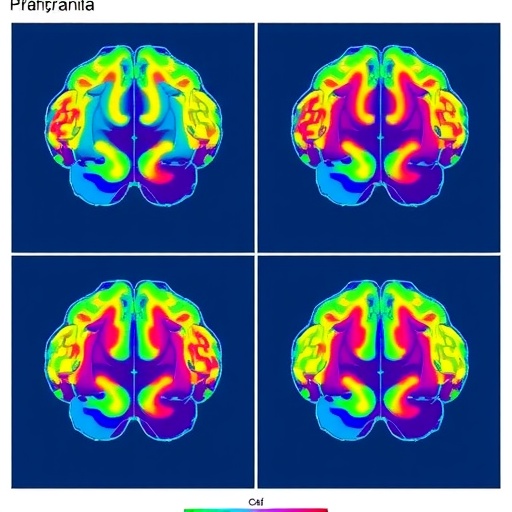Oxford University researchers have discovered a brain process common to sleep and ageing in research that could pave the way for new treatments for insomnia.
Writing in the journal Nature, the scientists report how oxidative stress leads to sleep. Oxidative stress is also believed to be a reason why we age and a cause of degenerative diseases.
The researchers say the discovery brings us closer to understanding the still-mysterious function of sleep and offers new hope for the treatment of sleep disorders. It may also explain why, as is suspected, chronic lack of sleep shortens life.
Professor Gero Miesenböck, Director of Oxford University’s Centre for Neural Circuits and Behaviour, who led the Oxford team, said: ‘It’s no accident that oxygen tanks carry explosion hazard labels: uncontrolled combustion is dangerous. Animals, including humans, face a similar risk when they use the oxygen they breathe to convert food into energy: imperfectly contained combustion leads to “oxidative stress” in the cell. This is believed to be a cause of ageing and a culprit for the degenerative diseases that blight our later years. Our new research shows that oxidative stress also activates the neurons that control whether we go to sleep.’
The team studied the regulation of sleep in fruit flies – the animal that also provided the first insight into the circadian clock nearly 50 years ago. Each fly has a special set of sleep-control neurons, brain cells that are also found in other animals and believed to exist in people. In previous research [Nature 2016; 536: 333-337], Professor Miesenböck’s team discovered that these sleep-control neurons act like an on-off switch: if the neurons are electrically active, the fly is asleep; when they are silent, the fly is awake.
Dr Seoho Song, a former graduate student in the Miesenböck lab and one of the two lead authors of the study, said: ‘We decided to look for the signals that switch the sleep-control neurons on. We knew from our earlier work that a main difference between sleep and waking is how much electrical current flows through two ion channels, called Shaker and Sandman. During sleep, most of the current goes through Shaker.’
Ion channels generate and control the electrical impulses through which brain cells communicate.
‘This turned the big, intractable question “Why do we sleep?” into a concrete, solvable problem,’ said Dr Song. ‘What causes the electrical current to flow through Shaker?’
The team found the answer in a component of the Shaker channel itself.
Lead author and postdoctoral fellow in the Miesenböck group, Dr Anissa Kempf, explained: ‘Suspended underneath the electrically conducting portion of Shaker is another part, like the gondola under a hot air balloon. A passenger in the gondola, the small molecule NADPH, flips back and forth between two chemical states – this regulates the Shaker current. The state of NADPH, in turn, reflects the degree of oxidative stress the cell has experienced. Sleeplessness causes oxidative stress, and this drives the chemical conversion.’
In a striking demonstration of this mechanism, a flash of light that flipped the chemical state of NADPH put flies to sleep.
According to Professor Miesenböck, drugs that change the chemistry of Shaker-bound NADPH in the same way could be a powerful new type of sleeping pill.
‘Sleep disturbances are very common,’ he said, ‘and sleeping pills are among the most commonly prescribed drugs. But existing medications carry risks of confusion, forgetfulness and addiction. Targeting the mechanism we have discovered could avoid some of these side effects.’
###
Media Contact
Stuart Gillespie
[email protected]
http://dx.




